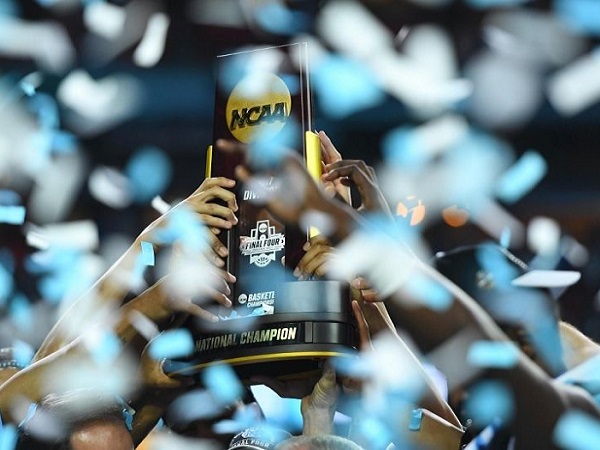As we cruise through 2018, the entertainment, media and sports industry is abuzz about two things: (1) getting content to the consumer quickly and more efficiently, and (2) through various media applications and platforms. The sports world has been somewhat slower to change because sports are generally consumed live as opposed to recording a television show or watching a movie on Netflix, Hulu or Amazon Prime. There is really one simple reason for this: sports can be highlighted and recapped in one score, who won or lost, as opposed to a television show that cannot be recapped in 140-280 characters or less. It is not that there is a lack of a plot, drama or characters in sports, the opposite is true. However, the point is, that gambling houses are dependent on who won and lost as opposed to character twists in a television show or movie. Information must move much quicker in sports because it is played daily and throughout the year compared to seasons and seasonal months for movies and television.
Knowing the above, what can sports enthusiasts expect going into the future?
Increase in the Use of Over-the-Top (OTT)/Direct-to-Consumer Platforms
YouTube is currently a top platform for sports consumption and it is used for both watching live sports, recaps, highlights, interviews, analysis and reminiscing old matches. Major League Soccer teams LAFC and the Seattle Sounders are now showing their matches on YouTube TV, while the National Basketball Association and Major League Baseball have struck deals with YouTube TV as a sponsor and platform. ESPN’s new Over-the-Top (OTT) platform ESPN+ is set to launch on April 12, 2018. Endeavor recently purchased OTT platform NeuLion for $250 million. Amazon Prime, Hulu and others are already into OTT live and recorded sports. Netflix CEO Reed Hastings has said his company will not enter the live sports race, but know this; some OTT or direct-to-consumer platform(s) will make a push to have more sports and recorded sports available to consumers. Apple, Facebook and Twitter have all entered the sports broadcasting race or have been rumored to be interested in one sport or another.
Increase in the Use of Virtual Reality/Augmented Reality
With the 2018 Masters Tournament nearly upon us, CBS is using virtual reality to display the iconic Augusta National Golf course for fan-friendly viewing and enjoyment. We can foresee further use of technology in showing how injuries happen, could have been prevented or in routes taken by an outfielder to snag a fly ball. We could also see fans taking part in augmented reality at stadiums through fan experiences in catching a pass, sacking a quarter back, running for a touchdown, returning a kickoff, kicking a field goal, etc. Sports are supposed to be enjoyed and bringing fans closer to the player experience is ideal for increasing fun, enjoyment and revenues.
Increase in the Use of Player Performance Data
Despite the recent data breach by Under Armour via MyFitnessPal, data and information collection is on the rise. Analytics is here to stay and the information collected from platforms, apps and algorithms can help predict outcomes, consumer behavior, player performance and much more when collected and analyzed properly and efficiently. If a team can help itself by predicting team performance through analytics, it will also want to prevent or minimize injury risk with data thus lengthening and strengthening an athlete’s career.
Revised Sponsorship Deals based on Analytics
Anheuser-Busch recently implemented a new sponsorship deal for its partners by stating it would pay the traditional standard fee for sponsor space and mentions, but that the fee would increase when viewership increased. Think of this like a sports team that charges more for a ticket to a specific game because a certain team is in town. The point here is to reflect the actual benefit through data collection.
Data tells us where we have been and where we are going. It is the numerical reflection of history with an eye towards the future. Remember, “Those that fail to learn from history, are doomed to repeat it,” Winston Churchill. Interestingly, not much has changed; data collection is really about determining what consumers want, when and where. Businesses are using that data to increase their revenues, improve performance and consumer enjoyment.























